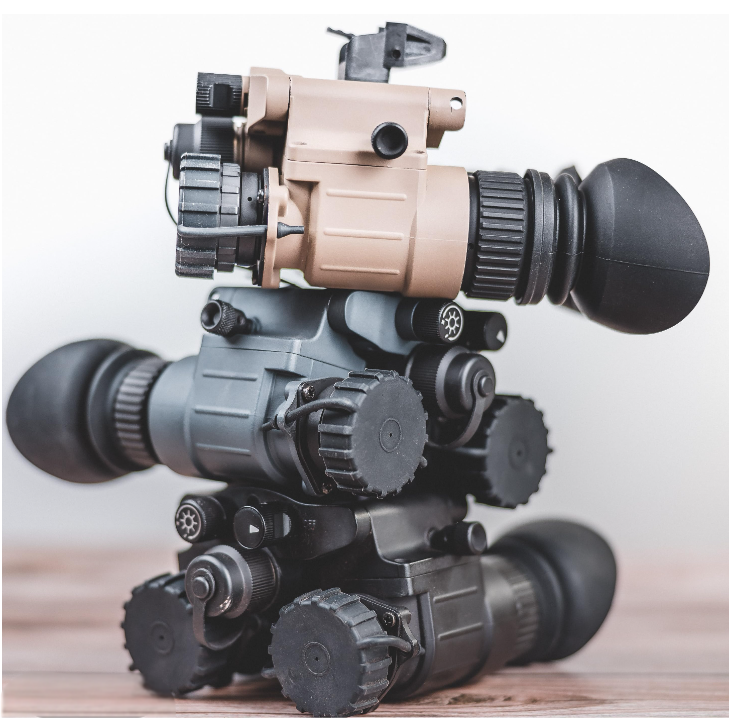Thermal Imaging Fusion Night Vision and Laser Ranging: A Revolutionary Breakthrough in Multispectral Sensing Technology

Introduction to Thermal Imaging
In the realms of security surveillance, military reconnaissance, and field operations, detecting and ranging targets under low-visibility conditions has long posed a significant technical challenge. Traditional night vision systems, which rely on low-light image enhancement, are constrained by ambient lighting conditions. Thermal imaging, while capable of passively detecting temperature differences, lacks the ability to measure distance accurately. Laser rangefinders, though highly precise, do not provide visual imaging.
Today, the fusion of these three technologies—thermal imaging, night vision, and laser ranging—is redefining the capabilities of night vision systems and driving multispectral sensing technology to unprecedented levels of performance.

Core Advantages of Technology Convergence
All-Weather Operational Capability
Thermal imaging detects targets via infrared radiation, regardless of lighting or weather conditions. Night vision complements this by enhancing detailed textures, while laser ranging supplies accurate distance measurements. For instance, advanced systems such as the ERDI IR640K50-01 can identify and lock onto targets at distances up to 2 kilometers in total darkness, smoke, or adverse weather, with a ranging error of less than 1 meter, by integrating all three technologies.

Intelligent Target Recognition
When integrated with AI algorithms, multispectral systems can automatically identify and classify humans, vehicles, and animals. Thermal imaging highlights heat-emitting targets, night vision outlines silhouettes, and laser ranging determines spatial coordinates. On the 2023 Ukrainian battlefield, such systems reportedly reduced false alarms by 60%, significantly enhancing the effectiveness of reconnaissance missions.

Miniaturization and Energy Efficiency
Technological advancements have led to the transition from bulky cooled thermal imagers to compact uncooled models, such as those using vanadium oxide detectors. Similarly, laser modules have been miniaturized with innovations like 905 nm fiber lasers. As a result, fully integrated 3-in-1 systems have become portable. For example, the LW6000-01 multispectral telescope from ERDI TECH LTD weighs just 2 kilograms and provides up to 8 hours of continuous operation.

Applications Across Industries
Military: In nighttime tactical missions and border surveillance, fused systems enable simultaneous covert reconnaissance and precision strike coordination.
Security and Rescue: Firefighters can detect trapped individuals through dense smoke using thermal imaging, while laser ranging aids in mapping safe rescue paths.
Industrial Inspection: Mounted on drones, these systems allow for nighttime inspection of power infrastructure and assessment of operational safety distances.

Challenges and Future Outlook
Current limitations include the real-time fusion of heterogeneous data streams, which demands robust edge computing—often supported by 5G infrastructure—and high costs, with military-grade units exceeding $20,000. However, emerging technologies such as quantum dot-based thermal sensors and silicon photonic lasers are expected to reduce costs and enable broader adoption. Civilian market penetration is projected to grow by over 300% in the next five years.
Conclusion
The convergence of thermal imaging, night vision, and laser ranging represents more than a simple combination of technologies—it marks a transformative leap in sensory perception. From enhancing battlefield situational awareness to enabling smart city surveillance, this multispectral sensing revolution is fundamentally changing how we perceive and operate in darkness.

